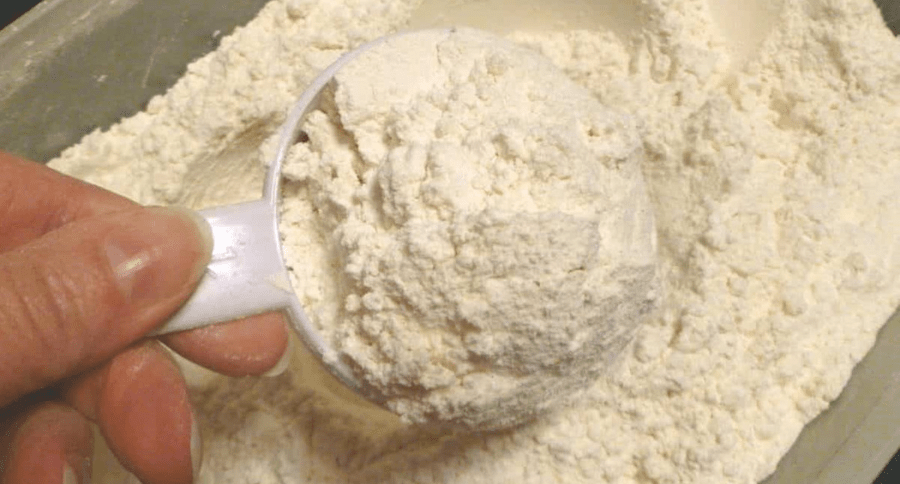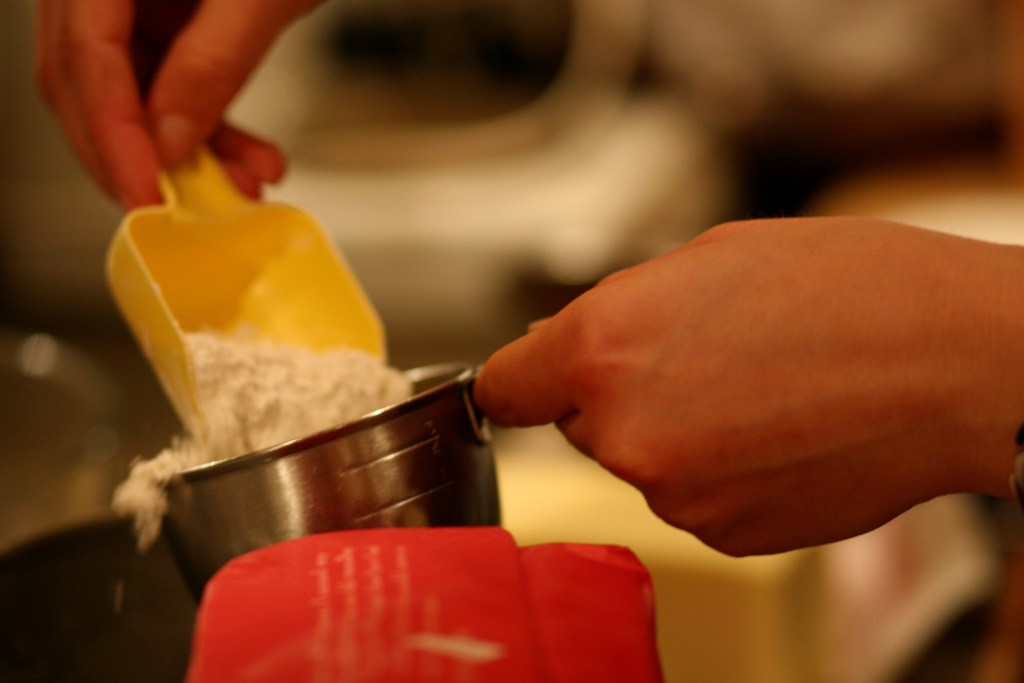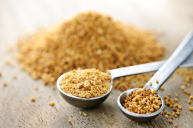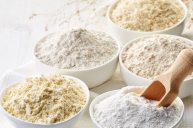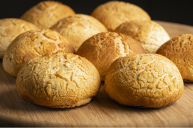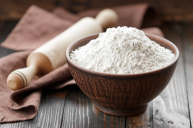Cooking is an art; baking is a science. Not enough baking powder means your baked goods won't rise, too much flour means they're likely to be dense and chewy, and not in a good way. If you're hoping to become a better baker, there's one thing you can do that will improve all your baked goods. We're going to talk about how to measure flour so that all your baking recipes turn out so much better.
When you use a recipe with brown sugar, it tells you if you're supposed to measure the brown sugar packed down or not. It's clear that the same amount of brown sugar can take up a lot less space when you push all the air out of it. The same goes for other dry ingredients like flour, and it doesn't matter if you're using all-purpose flour, cake flour, whole wheat flour or other types of flour.
Here's the same amount of flour (2/3 cup), with the left dish fluffed with a spoon and the right dish packed.
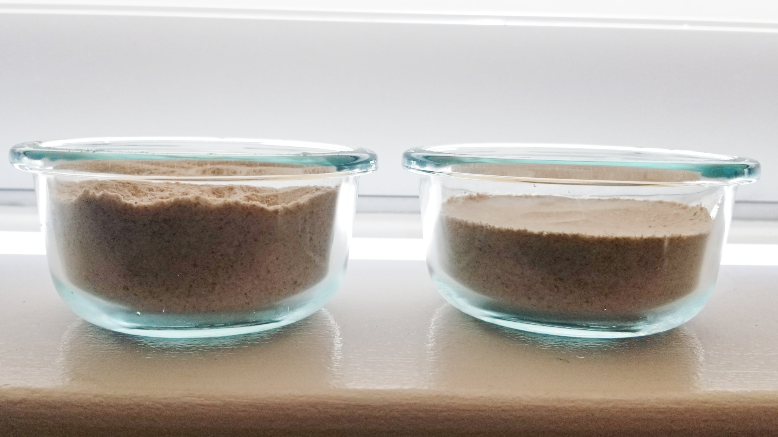
Sarah Ramsey
Just as adding more brown sugar than needed makes your baked goods taste too sweet, adding more flour than the recipe calls for affects the texture. And while you might not notice in something like a muffin, it makes a big difference in a pie crust or bread recipes.
How To Properly Measure Flour
The best method of how to measure flour is weighing it. When you weigh flour on a scale, you're not looking at the line on the measuring cup, so it doesn't matter if your 2/3 cup shows up looking like a half cup or almost a full cup. If your recipe uses volume instead of weight, here's a handy weight chart from the good folks at King Arthur Flour that shows conversions.
But if you don't have room for a kitchen scale (or the desire to buy one more kitchen thing to sit on your counter), there is a right way to measure flour. Let's go step by step.
1. Use the right measuring cup
You shouldn't use liquid measuring cups for dry goods. One cup of flour measured as a fluid ounce isn't the same as one cup measured as a dry ounce. Keep a set of metal or plastic dry measuring cups in your kitchen.
2. Use a spoon to scoop flour into the measuring cup
Put the flour into the measuring cup, not the measuring cup into the flour. Scooping directly from the container pushes the flour into the cup, packing it together. Use a spoon to fluff the flour in the container, then scoop it into the cup, this spooning method keeps the flour loose, so you get a more accurate measurement.
3. Don't tap the measuring cup on the counter or shake the cup
The goal is to keep the flour loose; tapping or shaking the cup settles the flour, meaning you'll have more room in the measuring cup to fill, changing the amount of flour in the cup.
4. Use the flat side of a knife or bench scraper to level off the flour
Just slide the back of a knife or other straight edge tool over the top of the cup of flour, so that excess flour falls back into the container. Pro tip: Don't do your flour measuring right over the mixing bowl, otherwise you end up with extra flour.
And there you go. Correctly measuring flour is the start to any delightful baked good, so practice this measuring technique to improve your baking skills!
